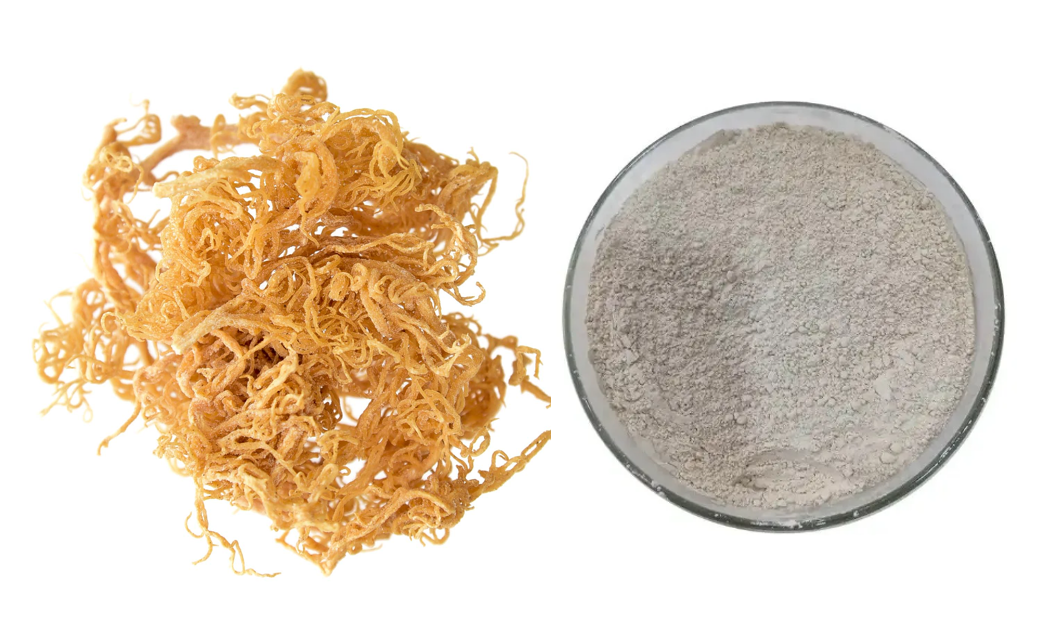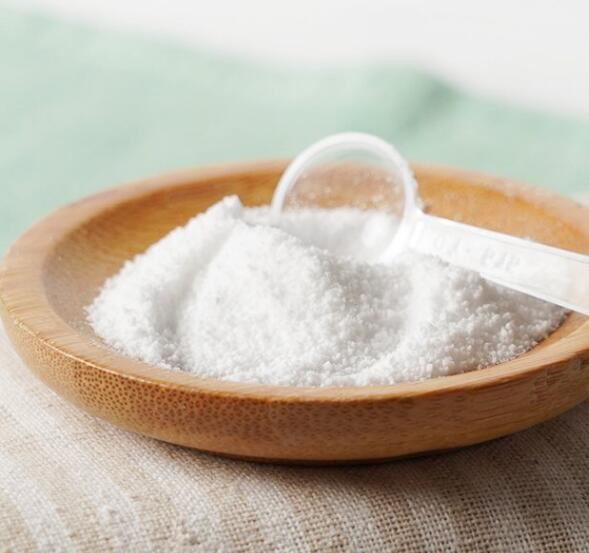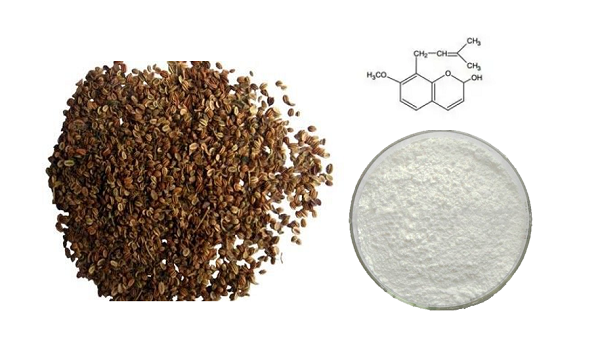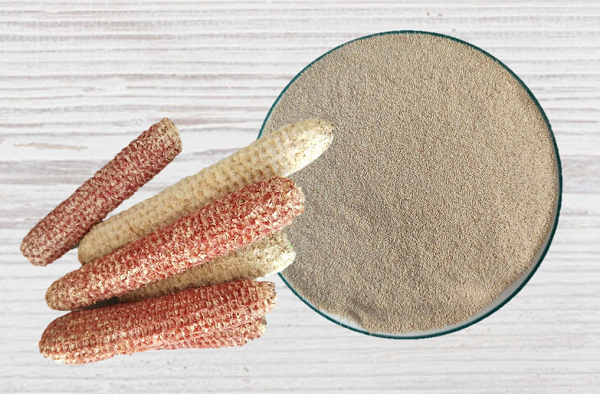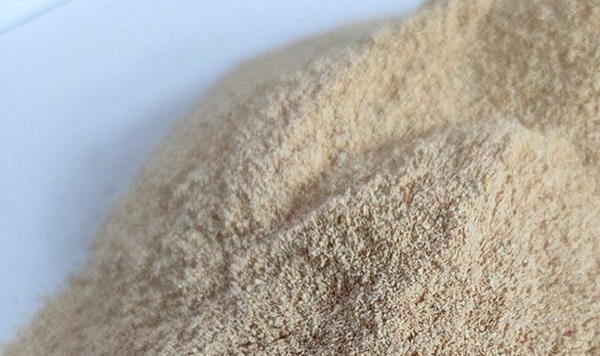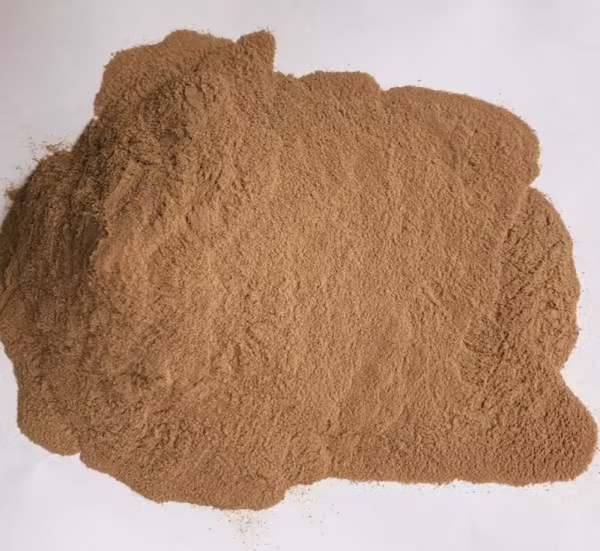Follow Us:
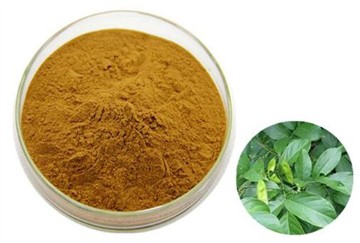
How Does Rotenone Kill Fish
Rotenone is a naturally occurring pesticide that has been used since the early 1900s to control pests in agriculture and forestry. The use of rotenone has expanded to include its use as a fish toxicant to control invasive fish species and to restore fish populations in lakes and streams. However, there is a growing concern about the environmental impact of rotenone, particularly its impact on non-target species like birds and mammals, and its potential to harm human health.
How does rotenone kill fish?
Rotenone works by interfering with the cells of the fish’s body, inhibiting the cells’ ability to use oxygen. Fish breathe through their gills, which extract oxygen from water as it flows over them. Rotenone disrupts the cells’ ability to use oxygen in two ways. First, it blocks the cells’ ability to produce ATP, a molecule that cells use to store and transfer energy. This results in a decrease in the amount of ATP available to the cells, which reduces their ability to carry out essential functions like metabolism and movement. Secondly, rotenone inhibits the process of oxidative phosphorylation, the process by which cells use oxygen to generate ATP. This means that even though oxygen is present in the water, the fish’s cells cannot use it to produce energy. As a result, fish become weak and unable to swim, and they eventually suffocate.
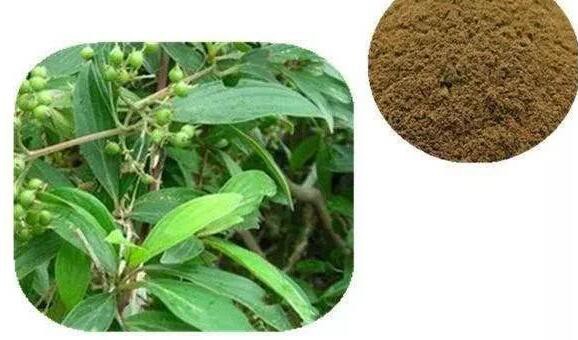
How much rotenone does it take to kill fish?
The amount of rotenone needed to kill fish depends on several factors, including the size and species of the fish, the quality of the water, and the concentration of rotenone used. In general, the recommended concentration of rotenone for fish toxicant use is 1-5 parts per million (ppm). The higher the concentration of rotenone, the faster fish will die. However, it is important to note that higher concentrations of rotenone can also harm non-target species like amphibians, crustaceans, and insects.
Can you eat fish killed by rotenone?
Fish killed by rotenone should not be eaten by humans or animals. Rotenone is a toxic substance that can accumulate in the fish’s tissue and remains there for weeks or months after the fish dies. Eating fish contaminated with rotenone can cause serious health problems, including neurological damage, respiratory problems, and even death.
Is rotenone toxic?
Rotenone is considered a moderately toxic substance to humans and animals when ingested, inhaled or absorbed through the skin. Exposure to rotenone can cause skin irritation, nausea, vomiting, headache, and dizziness. Long-term exposure to rotenone has been linked to a higher risk of Parkinson’s disease. In addition, rotenone powder is toxic to non-target species like birds, amphibians, and insects. The use of rotenone has been linked to declines in amphibian populations, and there is concern about its impact on non-target fish species and aquatic insects.
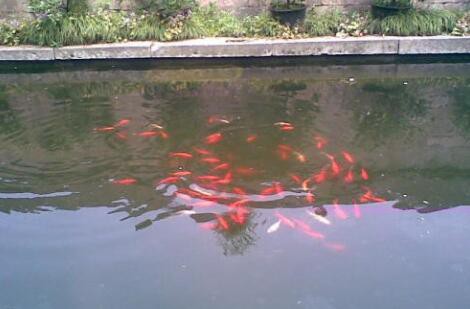
How does rotenone kill fish Quizlet?
Rotenone kills fish by blocking the cells’ ability to use oxygen. It interferes with the cells’ production of ATP, a molecule cells use to store and transfer energy, and inhibits oxidative phosphorylation, the process by which cells use oxygen to generate ATP. As a result, fish become weak and unable to swim, and they eventually suffocate.
How long does rotenone last?
The length of time rotenone lasts in the environment depends on several factors, including the amount of rotenone used, the quality of the water, and the presence of microorganisms that can break down the chemical. In general, rotenone breaks down relatively quickly in the environment, with a half-life of 3-4 days in water and soil. However, traces of rotenone can remain in the environment for several weeks or months after use.
How long does rotenone stay in the water?
Rotenone for sale can remain in the water for several weeks or even months after use. The length of time rotenone stays in the water depends on several factors, including the amount of rotenone used, the quality of the water, and the presence of microorganisms that can break down the chemical. In general, rotenone breaks down relatively quickly in water, with a half-life of 3-4 days. However, traces of rotenone can remain in the water for several weeks or months after use, and can potentially harm non-target species. It is therefore important to use rotenone sparingly and under carefully controlled conditions to minimize its impact on the environment.
References:
1. Environmental Protection Agency. (2010). Reregistration Eligibility Decision (RED) for Rotenone. Retrieved from https://www.epa.gov/ingredients-used-pesticide-products/rotenone
2. Lymbery, A. J., & Morine, M. (2015). The Potential of Rotenone as an Aquatic Pesticide for Controlling Invasive Fish: A Review. Journal of aquatic animal health, 27(4), 220-232.
3. Willson, J. D., & Dorcas, M. E. (2012). Impacts of the piscicide rotenone on aquatic turtles. Journal of Herpetology, 46(4), 630-633.
4. Wingfield, B. J., & Kelly, C. A. (2015). Approaches to mitigate impacts of the piscicide rotenone on non-target species in aquatic ecosystems. Journal of environmental management, 162, 178-182.













